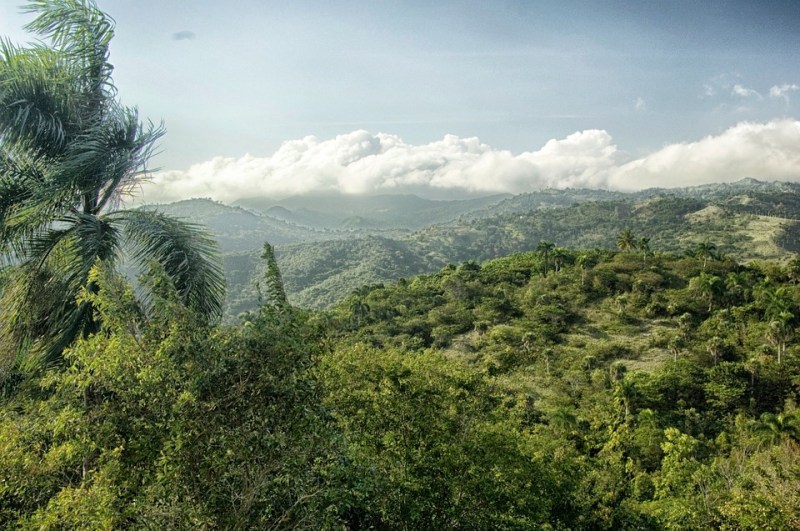
Looking for a mid-winter getaway but can’t fathom the notion of another all-inclusive resort, instead, consider a trip to Jarabacoa and take a walk on the wild side of the Dominican Republic.
Take A Leap

Like Daedalus and Icarus, flying is the ultimate way to take your adventure to new heights. The extreme sport of paragliding is a safe and exhilarating way to experience the beauty and diversity of the region from a lofty perch. Experienced pilots will outfit and direct you from takeoff to landing. You can take the ultimate selfie while flying among the clouds.
Take A Hike

There is no shortage of hiking options in the country and the Dominican Republic boasts the highest point in the Antilles, Pico Duarte. At 3,087 meters (10,128 feet), reaching the rooftop of the Caribbean is best attained in a multi-day trip. Due to its remote location, guided excursions can range from 3-5 days in length.
For those looking for day hiking opportunities, consider the Ebano Verde Science Reserve. Located between Jarabacoa and Constanza, the reserve is home to more than 600 species of plants and flowers and approximately 100 species of birds. This cloud forest trek is a magical experience and taking the 7km trail will conclude at a swimming hole at the base of a small waterfall.
Take the Plunge

No trip to the Dominican Republic is complete without a white-water rafting trip down the Yaque del Norte River, the Caribbean’s longest river. After being outfitted with appropriate gear and a short ride to the put-in, professional guides will provide basic instructions at the river’s edge before setting off down the river. Typically, the river features Class I-III rapids, but, a little rainfall can increase volume and rapids can jump to Class IV and V for an even more epic ride. With memorable rapids garnering names like “The Cemetery”, “Mike Tyson, Jr.”, and “Mike Tyson, Sr.” with a 12-foot vertical drop, the trip is sure to be an adrenaline rush from beginning to end.


